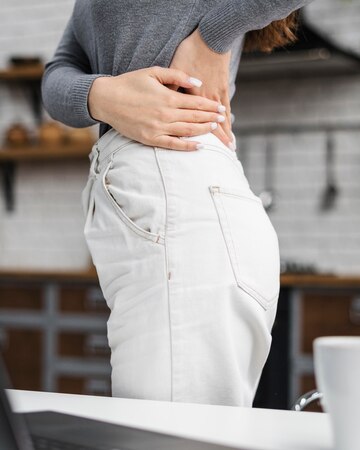The reproductive organs of a female are impacted by a medical condition named pelvic inflammation. The majority of women may contract this illness through intercourse. Pelvic inflammatory disease can be due to a wide variety of various bacteria. The most prevalent are infections caused by sexual activity. Furthermore, surgical procedures, such as abortions, can also result in pelvic inflammatory disease. The home treatments are only meant to be applied as a complement to therapy for PID; you must first see a medical professional for further treatment. But other illnesses can also present with identical symptoms. Continue reading below if you want to learn more about pelvic inflammation. We’ll go over how to treat pelvic inflammatory disease and various at-home therapies that can be used in addition to pelvic inflammation treatments.
Table of Contents
Understanding the Pelvic Inflammatory Disease
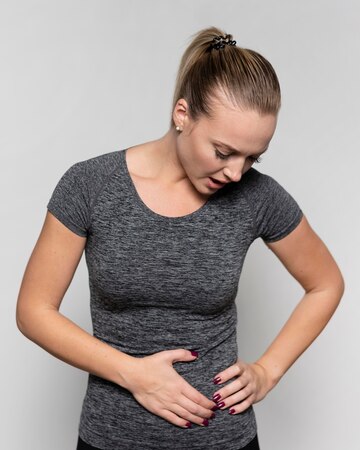
A condition in the fallopian tubes, uterine cavity, or reproductive organs is known as a pelvic inflammatory condition. The condition most frequently affects females who are engaging in sexual activity. However, it can also happen to women who have never engaged in sexual activity. For PID to be treated medically and to stop the agony from continuing early intervention is necessary.
It can shield the fertile canals from harm and stop the disease from moving to other bodily areas. A woman may have more difficulty getting a baby in the years to come if she suffers from an injury to her fallopian tubes. Pregnancy that develops ectopically additionally happens to be more likely. An infection with bacteria is the cause of pelvic inflammatory disease. Usually, the birth canal and vagina are where it begins.
Numerous factors can raise the likelihood of pelvic inflammatory disease. The inability to become pregnant may result from pelvic inflammatory disease if treatment is delayed. It may develop scar tissue along the tubes that lead to the uterus. Hence, it is essential to understand how to treat pelvic inflammatory disease and opt for the best possible treatment.
How to diagnose pelvic information disease?
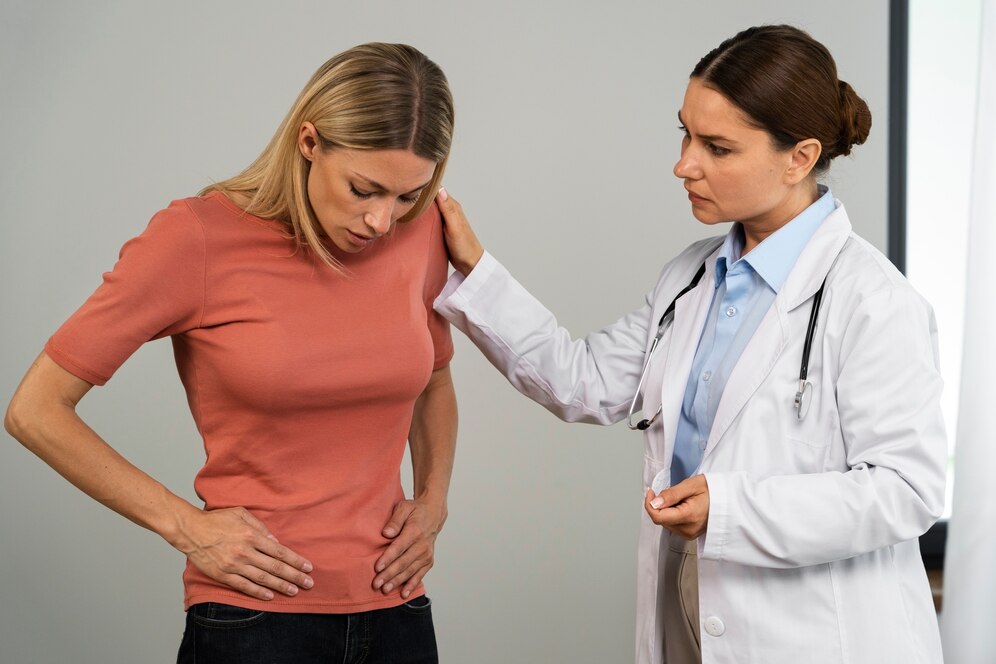
PID does not have a specific test. Rather, your physician will diagnose pelvic information based on physical examination findings, a bacteria-related infection, and the symptoms you are experiencing.
- First, your healthcare provider will be asking you about how you feel, past healthcare and sexual experiences, and your private cleanliness routines.
- Your healthcare provider will then perform a pelvic check-up to check for any inflammation and determine any tender or bothersome areas.
- Examinations for hemoglobin and urine will be prescribed to check for several conditions, including conception and sexually transmitted infections,
- Lastly, to obtain a visual representation of the genital tract, an ultrasound test may be utilized.
Your doctor might request additional tests if they think the results will help them understand the situation better. Eventually, after evaluating your medical conditions, the doctor will let you know what is the best solution for you and how to treat pelvic inflammatory disease.
Laparoscopy
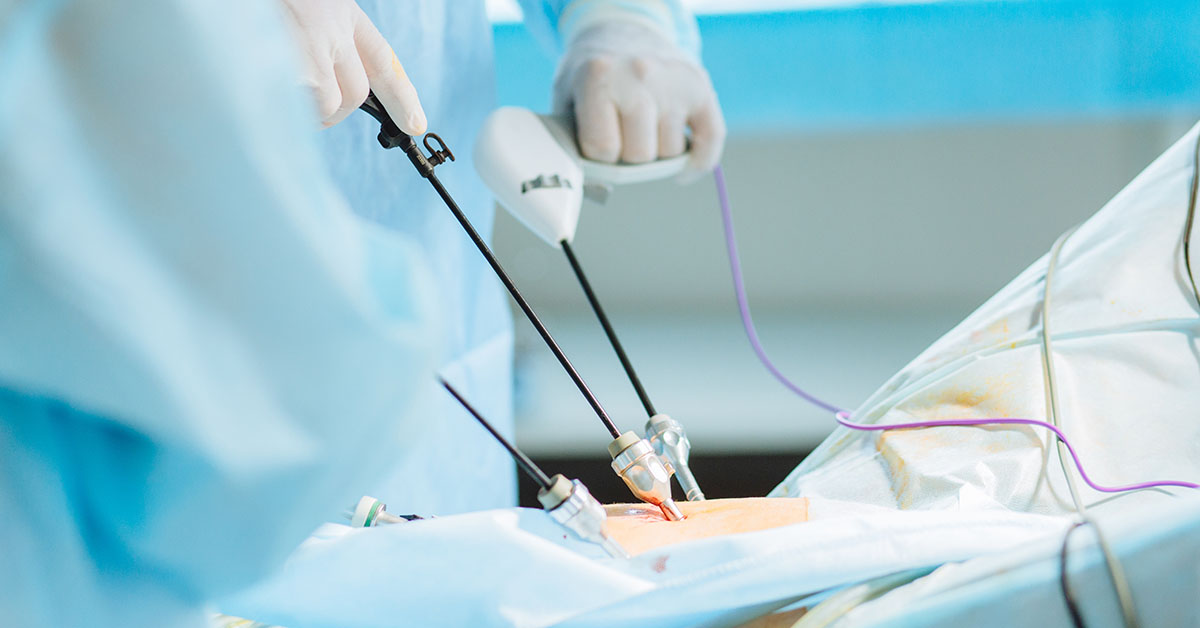
A laparoscopic examination is one procedure that allows you to see the reproductive systems up close. It involves making a cut in the lower abdomen and putting a lit camera inside. To examine you for getting sick at this stage, your doctor may also place a tube in the uterine cavity to remove a tiny piece of endometrium, which is known as an endometrial tissue biopsy.
How to treat pelvic inflammatory disease?
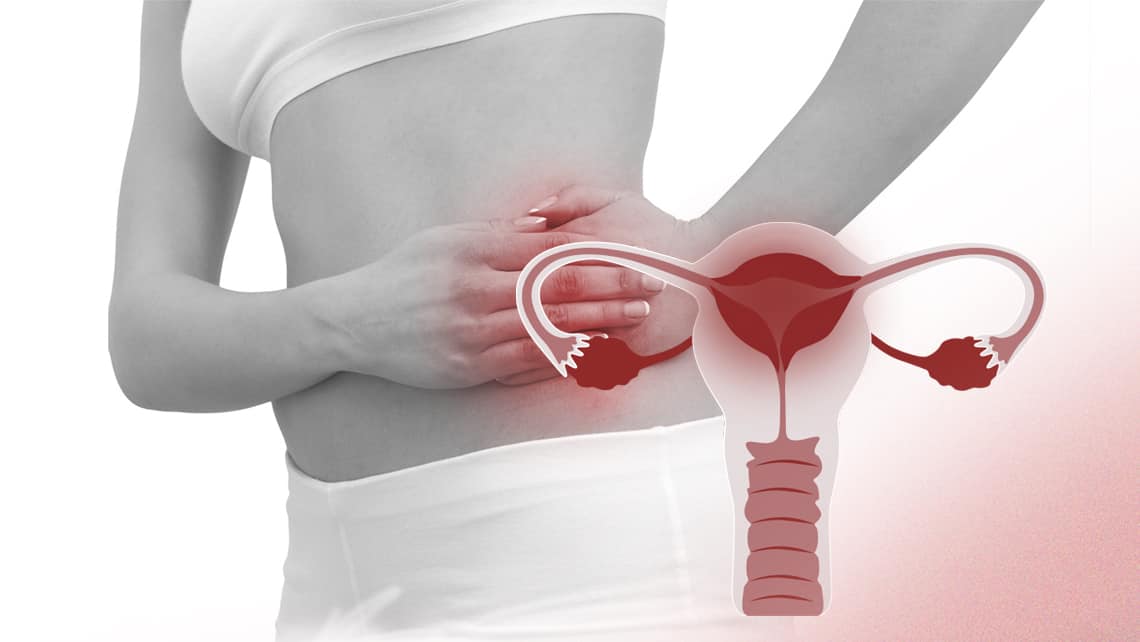
Instituto Bernabeu
Antibiotics are required for PID treatment. They last for a week or two when taken. The inflammation of the pelvis may be a result of a range of microorganisms. Occasionally, multiple microorganisms are implicated. It’s hard to pinpoint which specific bacteria could be the problem. As a result, you might get treatment with several distinct antibiotics concurrently.
- According to the results of the lab tests, your doctor might also modify your antibiotic regimen. Antibiotics are typically taken orally. But occasionally, injections might be necessary.
- In addition, you might be prescribed painkillers and told to stay still until you recover.
- Antibiotics given by intravenous infusion may be necessary in cases involving severe inflammation or when swallowed or administered antibiotics are ineffective in curing the illness. Typically, this entails hospitalization.
Hospitalization
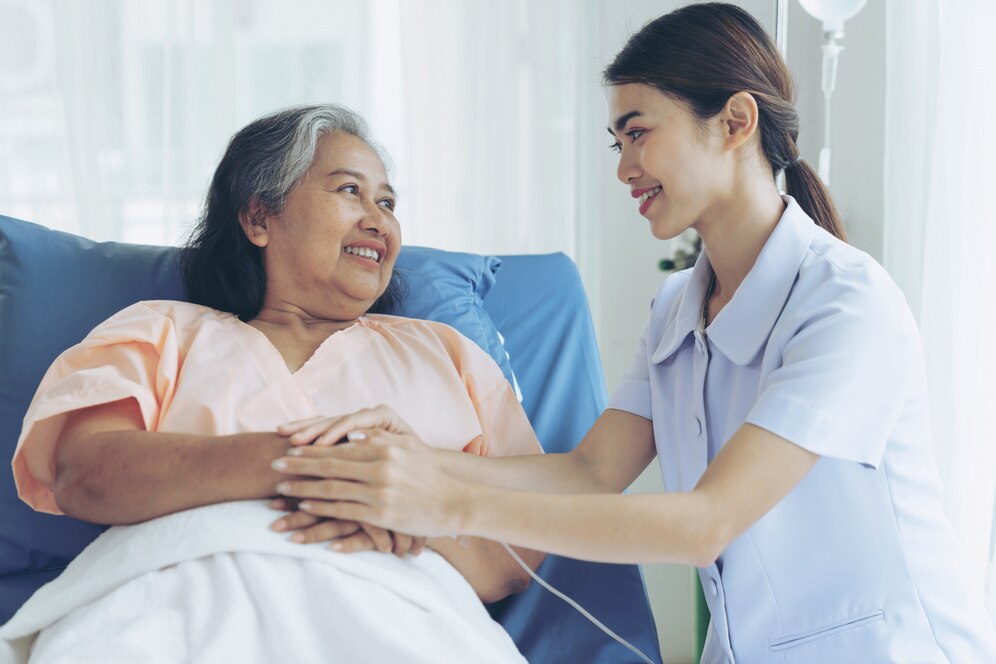
The patient will require hospitalization for treatment of a pelvic inflammatory condition if she is pregnant. Periodically, PID may cause an ovarian or fallopian tube abscess. When considering admission to a hospital facility, this can be very concerning.
- Being HIV-positive or not knowing if PID is the source of sickness or another major medical issue are two more causes of hospitalization.
- When an abscess that develops on the uterus or the fallopian tube fails to heal up after receiving antibiotic therapy, surgery might be necessary.
- If the abscess bursts or poses a risk of doing so, it may also be a subsequent course of action.
Laparoscopies and laparotomies are typically used to accomplish it. A life-threatening hysterectomy could turn out necessary in rare circumstances.
Surgical treatment for pain due to pelvic inflamation
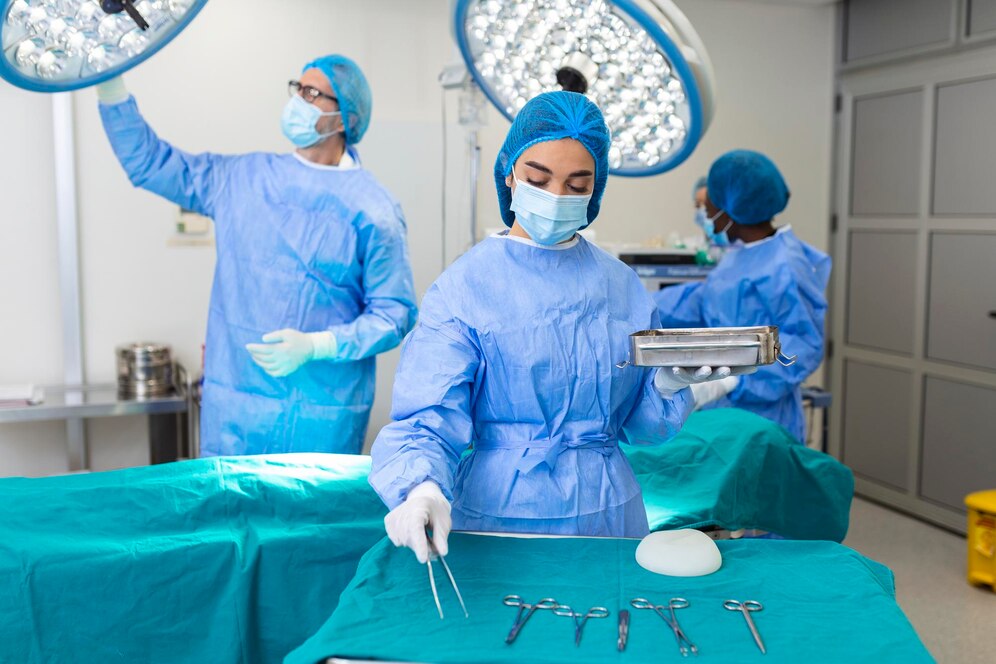
Pelvic pain may persist in certain women even after PID treatment. Tissue scarring can be painful, and prescription antibiotics do not address these issues. The operation could be suggested for removing PID-caused knots, but regrettably, this might not alleviate your pelvis discomfort. Additional options for persistent pelvic discomfort involve endocrine treatments, physiotherapy, acupuncture treatments, psychotherapy, electrical nerve stimulation via the skin, generic painkillers, depression medications (even when you haven’t become depressed), and injections.
Hysterectomy
Rarely, persistent pelvic discomfort that is unresponsive to other therapies may be treated with uterine removal. Unexpectedly, this might not be enough to relieve your discomfort in the pelvic region. It ought to be the very last course of treatment.
- You become sterile after undergoing a hysterectomy and are unable to conceive or bear children.
- If removal of your uterus is required, you should discuss egg freezing with your physician. Before surgery, you may also choose to cryopreserve your embryos.
- You might eventually be able to bring up biological kids if you do this in conjunction with a gestational donor.
Curing Fertility problems due to pelvic inflamation
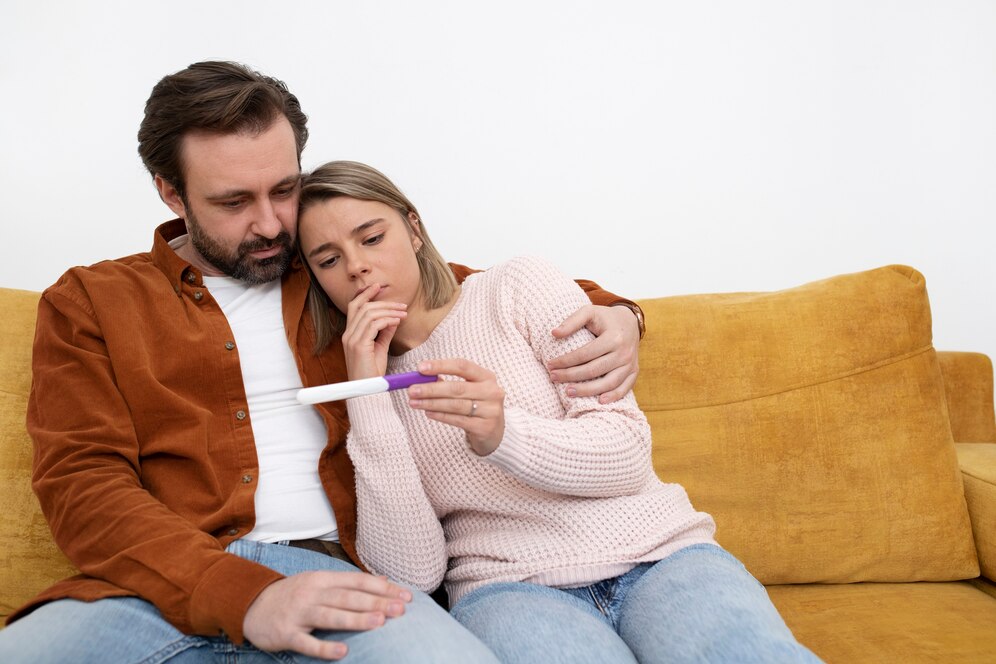
As previously stated, pelvic inflammation cannot be treated with antibiotics to reverse the irreparable harm that the illness has already done. They are limited to treating infections. When effective, stop additional harm to the reproduction system. Fallopian tube blockage remains the most frequent reason for fertility problems linked to PID. You might be successful in becoming pregnant yourself if only one tube has congestion and the remaining one seems normal, based on other fertility-related factors. If the obstruction is in both uterine tubes, the possibilities regarding treatment are fertility treatment or surgically resolving the problem.
Fertility tube blockage
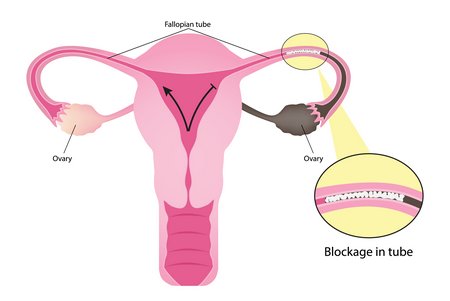
When PID occurs, the ovary usually blocks the flow because the blockage is usually at the distal end. Surgery is a more challenging method of treating this type of obstruction than treating uterine blockage. Depending on whether there are any other reasons for your infertility, the operation can help you become pregnant naturally in approximately twenty-five percent of cases.
- Hydrosalpinx has become another frequent reason for infertility linked to PID. The fallopian tube opens up and begins to fill with pus at this point.
- For some reason, hydrosalpinx might make IVF unsuccessful rather than ideal. To improve your chances, it might be necessary to remove the afflicted fallopian tube entirely.
- Your chances of recovery following surgery are decreased when you have numerous firm knots across the ovary and tubes along with tubal obstruction. For you, IVF procedures might be more suitable.
- You must consider other factors related to fertility when choosing the course of treatment for infertility.
- Take into account your partner’s health, age, and any additional complicating factors. Often it’s preferable to forego attempting a surgical fix and move straight on to the IVF process. Discuss your options with your physician.
Having surgery to dissolve tissue adhesions and potentially fix blockages could be beneficial if you suffer from recurring pelvic pain. It’s still an option, even if your chances of getting pregnant naturally aren’t great. Please note that the pelvic discomfort might or might not become completely relieved by the surgical procedure.
Following pelvic inflammatory disorder, there is an increased risk of ectopic pregnancy regardless of how you conceive—naturally, through IVF, or following surgical repair. Knowing the early indications of an ectopic gestation is crucial, and your medical professional should keep a close eye on you following conception.
How to treat pelvic inflammatory disease using Home remedies?
The uncomfortable symptoms can occasionally make daily tasks difficult and lead to irregular bleeding. When you know how to treat pelvic inflammatory disease by using a few simple home remedies, you may experience relief. The three easy homemade remedies that help prevent infections of the female reproductive system are discussed below. When vaginal or abdominal pain interferes with day-to-day functioning, it’s time to get medical attention.
Garlic

Garlic possesses potent antiseptic and medication qualities. It is therefore effective in treating pelvic inflammatory condition. Garlic contains several compounds that can eradicate dangerous bacteria brought on by pelvic inflammatory disease. Garlic may also stop infections from recurring by regulating healthy vaginal bacteria. You can use two to three finely chopped garlic cloves.
- These should be added to a pan with two teaspoons of olive oil, and the garlic should be fried until it becomes brown.
- After that, you may allow the oil to reach room temperature before straining it.
- Once the extracted oil has cooled down, immerse a cotton ball in it.
- Take the greasy cotton ball and insert it into the genital area for a few seconds.
Essentially, all you are doing is using the piece of cotton to rub in the oil. Do not rinse or wash for two to three hours. You can carry out this every day until your infection disappears.
Baking soda
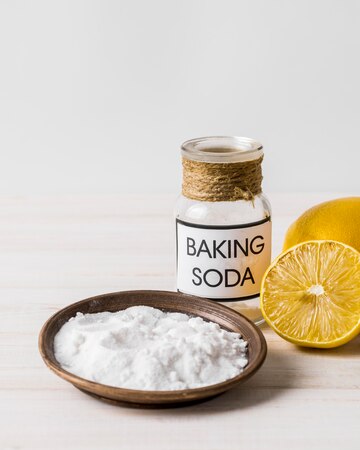
When understanding how to treat pelvic inflammatory disease, baking soda works incredibly well. The fact that baking soda contains alkaline compounds that can lessen acidity is what makes it so amazing. Baking soda also helps to balance the PH level of your body, which is an additional benefit.
- Pour a glass of water with ½ teaspoon baking soda in it.
- Next, mix in one tablespoon of psyllium fiber with the water.
- This is something you should only consume on a fasting day once every week.
Oil Massage

Massage therapy is beneficial for a wide range of illnesses and ailments. PID can benefit from a lower gastrointestinal and pelvic massage. It helps by strengthening the muscles and boosting blood flow to the reproductive tract. This will hasten your healing process, reduce your discomfort, and help you relax.
- Add a few drops of essential lavender oil to a small amount of olive oil.
- Apply the mixture to the bottom of your stomach while lying stretched out on the mattress.
- Start using circular strokes to massage your pelvis and lower abdominal region.
- It needs to be done one or two times a day for five to ten minutes as long as the symptoms go away.
Final words
PID is a bacterial infection that causes inflammation. Most often, infections transmitted through sexual activity are the cause. It may impact the tubes that line the fallopian tubes, ovarian tissue, and the uterine cavity. A woman may have multiple sexual partners, engage in sexual activity without protection, have a history of STDs, or engage in frequent douching as a prevalent factor. Numerous women don’t exhibit any indications or indicators of pelvic inflammation, although perhaps they do.
The symptoms might not always be apparent or mild. Pelvic inflammation is curable, particularly with an early diagnosis. PID can result in ectopic conception, septic shock, or fertility problems if left untreated. Consult a medical professional if you think you might be suffering from a pelvic inflammatory disease or when you exhibit any indications of an infection that was transmitted through sexual contact.
FAQs
Q1. Is there a cure for pelvic inflammation?
PID is treatable if it is identified early on. However, any harm done to your reproductive organs cannot be repaired by treatment. The likelihood that you will experience PID adverse effects increases with the amount of time you wait to receive treatment.
Q2. Can you endure pelvic inflamation for a long time?
When pelvic inflammation is not promptly addressed by prescription antibiotics, it may result in severe, chronic complications. However, the majority of PID patients who finish their prescription antibiotic course experience no problems over time.
Q3. How much time does PID require to fully recover?
It might be necessary for you to consume a few antibiotics to fully treat pelvic inflammatory disease. The infection will go away in about two weeks with the use of antibiotics. Whenever possible, take this medication at the same time.
Q4. Can pelvic inflammatory ailment be fatal?
PID can cause major health issues that are occasionally fatal if left untreated. You could experience infections in various areas of your body. Ectopic conception is a potentially fatal condition that can be made worse by pelvic inflammatory disease. Infertility and persistent lower abdominal pain are common in PID patients.
Q5. Does pelvic inflammatory disease have an impact on the menstrual cycle?
Additionally, pelvic inflammatory disease can occasionally cause a delay at the beginning of your period. Even though a delayed period is a good sign of becoming pregnant, when pelvic inflammatory disease is the cause, you’ll also have uncomfortable signs like abdominal discomfort and foul-smelling secretions from the vagina.
Q6. Can pelvic inflammatory disease harm the uterus?
The uterine cavity fallopian tubes, as well as the ovaries, are among the upper reproductive parts that can become infected, and this condition is known as a pelvic inflammatory condition. If not treated promptly, a woman’s reproductive system may develop abscesses—pockets of infected fluid—and scar tissue that could cause long-term harm.

